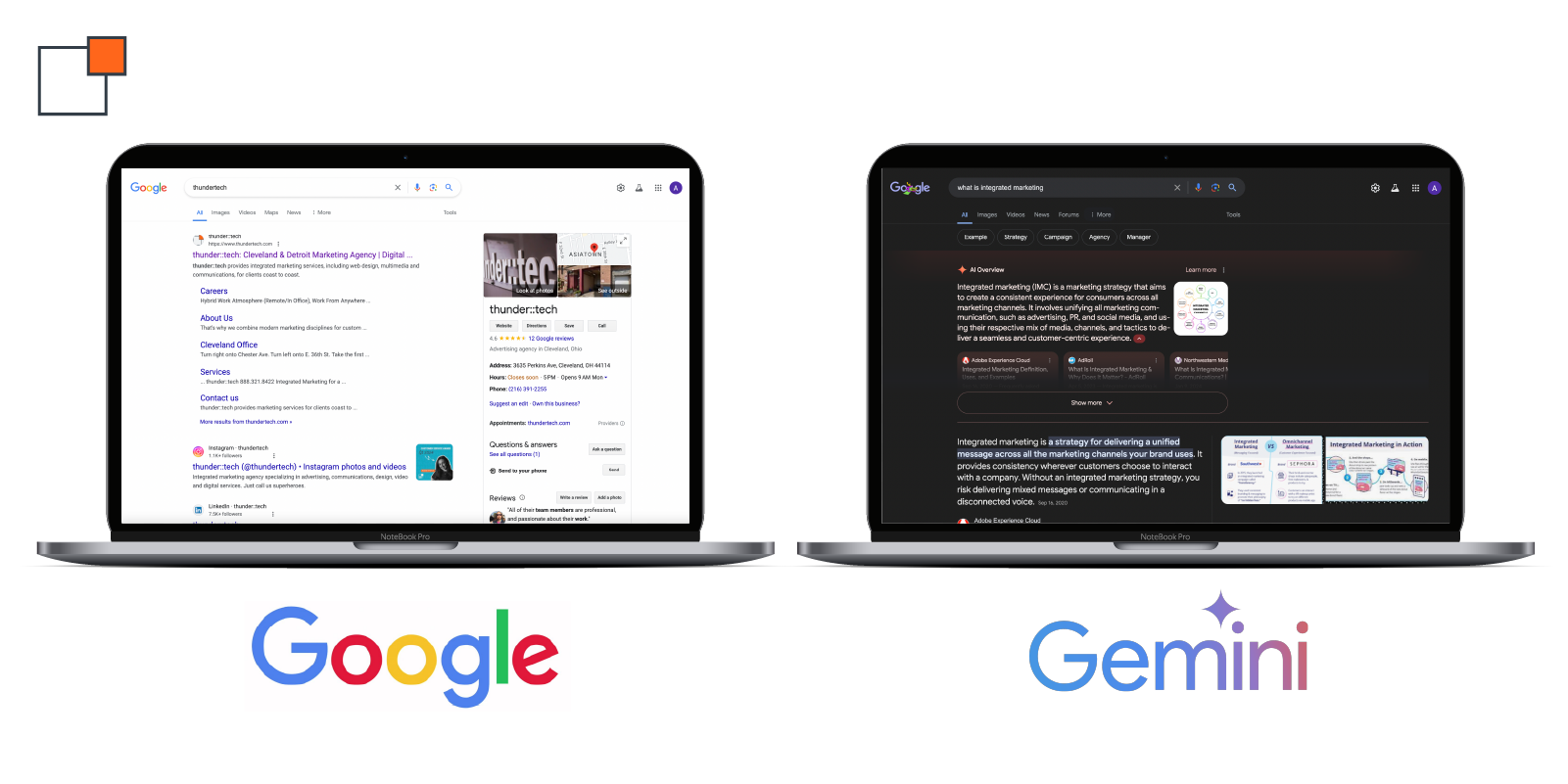Top AI models for marketers: which one fits your strategy?
From content generation to real-time research, AI models have quickly become essential tools in the modern marketer’s stack. But with a flood of new options—each boasting unique strengths and quirks—it’s no longer enough to just “use AI.” You need the right fit. This article explores how six major models—OpenAI’s ChatGPT, Google’s Gemini, DeepSeek, Perplexity, Anthropic’s Claude, and xAI’s Grok—perform in real-world marketing workflows. We break down their core use cases, pricing, learning curves, and strategic implications to help you decide where to invest your team's time and budget.
OpenAI’s ChatGPT
OpenAI’s ChatGPT has positioned itself as the most mature player in the AI race, especially for marketing teams that need scale and flexibility. With tools for content generation, customer support, and data analysis, ChatGPT handles everything from writing blog drafts to brainstorming campaign angles. Enterprise adoption is also on the rise—BBVA, for example, deployed 3,300 ChatGPT Enterprise licenses, with 80% of employees reporting time savings. While its integration options and language fluency are strong, teams should be mindful of its occasional factual inaccuracies and reliance on plugins for real-time data. The biggest tradeoff? You’ll get the most value only at the higher pricing tiers.
Learning curve: Moderate—best results come with some prompt-engineering finesse.
Pricing:
Google’s Gemini
If your team lives inside Google Docs, Sheets, or Gmail, Gemini’s deep integration can unlock serious productivity gains. It also handles text, image, and audio inputs—useful for multimedia marketers or ad creatives. Verizon reported a nearly 40% sales increase after deploying a Gemini-based AI assistant. But Gemini’s complexity may be a barrier for casual users. While its multimodal outputs are impressive, they’re not always as refined or consistent as ChatGPT's. The pricing model is also less transparent for high-scale API use.

Learning curve: Steep—expect a ramp-up period to fully utilize its toolset.
Pricing:
DeepSeek
DeepSeek may be the new kid on the block, but its value proposition is hard to ignore. The pricing is aggressively competitive, and the platform shines in multilingual and technical use cases. However, it lacks the community support, third-party integrations, and polish of better-known models. It's a great entry-level tool, but you may outgrow it if you're looking for advanced collaboration features or robust toolchain compatibility.
Learning curve: Low—simple UX and output make it accessible from day one.
Pricing:
Perplexity
Perplexity stands out with its real-time web access and clickable citations. For marketers who need fast answers, competitive intelligence, or fresh data sources, it’s a reliable research sidekick. What it isn’t: a content writer. While it helps with idea generation and summarization, it’s not as adept at crafting longer-form or brand-aligned copy. It’s also not great for collaborative workflows.
Learning curve: Low—clean, intuitive UI makes adoption a breeze.
Pricing:
Anthropic’s Claude
Claude’s edge lies in its coherence and ethical grounding. It’s excellent for tasks that require context retention and nuance—like long-form marketing strategies for handling sensitive customer conversations. Its "harmlessness" principles also appeal to brands navigating compliance-heavy sectors. However, Claude is not as plug-and-play as ChatGPT or Gemini when it comes to integrations. And it’s more expensive if you want full-featured access.

Learning curve: Low—designed to be friendly across skill levels.
Pricing:
xAI’s Grok
xAI’s Grok stands out for its deep integration with X (formerly Twitter) and its personality-driven interactions. It’s especially strong in real-time marketing scenarios—think trend tracking, viral moment engagement, or live campaign monitoring. Features like Think Mode and Big Brain Mode bring higher-level reasoning to the table, making it more than just a fun chatbot. That said, Grok’s tight linkage to the X platform may limit its utility for broader martech stacks, and privacy concerns remain under scrutiny in the EU.
Learning curve: Low to moderate—easy to use but advanced tools take some getting used to.
Pricing:
There’s no single “best” AI model for every team. It depends on your goals, budget, and in-house skill level. That said, hybrid usage is often the best route. Personally, I use a mix of ChatGPT, Claude, and Gemini—it’s like getting the best of all worlds. ChatGPT handles content creation like a champ, Claude brings depth and coherence to planning, and Gemini ties it all together with seamless data and SEO workflows. That combo has seriously leveled up how I approach marketing tasks.




















